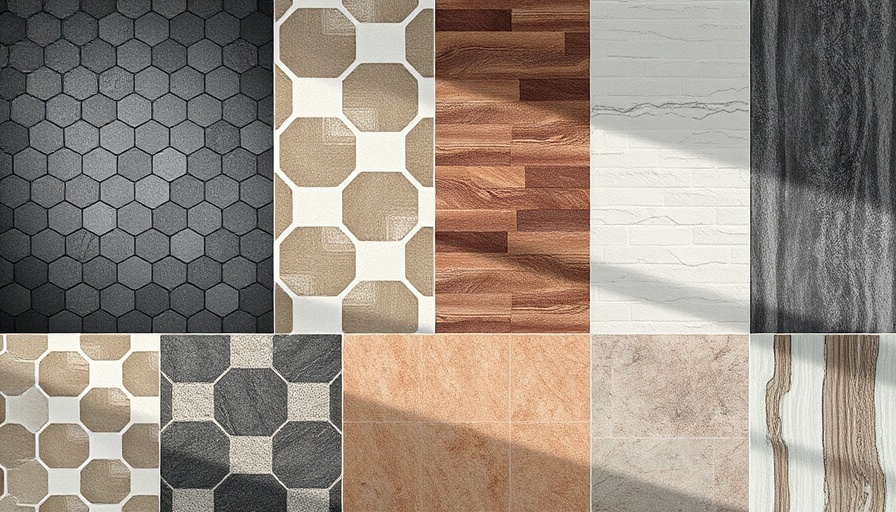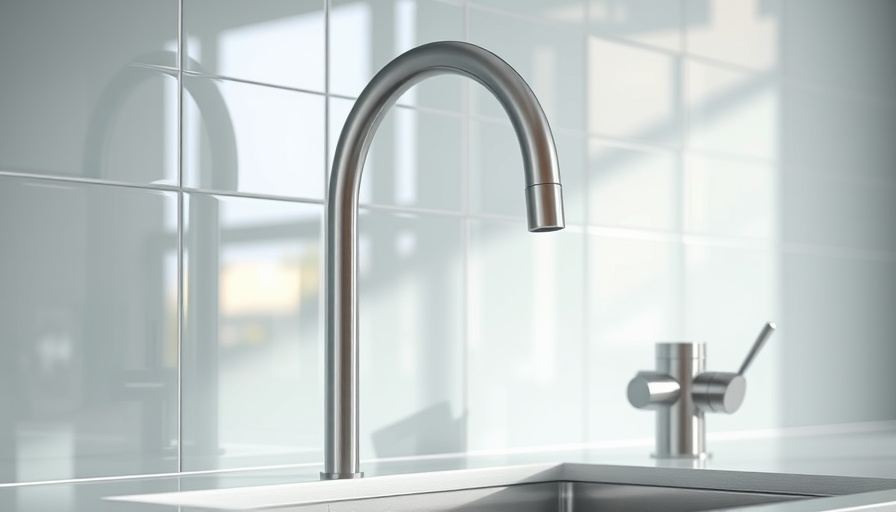
Reimagining Kitchen Space: The Necessity of Smart Cabinet Design
The hustle and bustle of daily cooking can often lead to a chaotic kitchen environment, especially in smaller spaces where every inch counts. Space-saving kitchen cabinet designs not only enhance the functionality of your cooking area but also introduce a sense of order and style. Whether you have a compact kitchen or simply need to optimize efficiency, smart design can truly transform your space.
Understanding the Importance of Efficient Cabinetry
In today’s homes, space isn’t just a matter of area—it’s a precious commodity. Effective cabinet designs maximize storage potential while maintaining aesthetic appeal. Every kitchen can benefit from layouts and features that eliminate dead space, particularly in corners or underutilized areas. With thoughtful design, your kitchen can feel expansive and organized, allowing for a seamless workflow during meal preparations.
Innovative Space-Saving Designs for Every Kitchen
Here are some of the best creative ideas for achieving space-saving kitchen cabinets:
Pull-Out Pantry Cabinets
One excellent solution for narrow kitchen spaces is the pull-out pantry cabinet. These sleek designs, which are ideal for narrow areas, reveal shelves perfectly suited for storing spices, jars, and dry goods. Why it Works: Pull-out structures utilize vertical space efficiently, reducing wasted space while maximizing accessibility. Style Tip: Opt for dove grey cabinetry to present a clean, modern appearance, maintaining a timeless quality.
Corner Cabinets with Lazy Susans
Corners often become the Bermuda Triangle of kitchens—items get lost and accessibility is a nightmare. Enter the corner cabinet with a built-in lazy Susan, designed to resolve this commonly neglected area. Why it Works: Lazy Susans make storing pots and pans in hard-to-reach corners effortless. Style Tip: Pair this with bold navy blue cabinets to create a striking design without compromising functionality.
Overhead Cabinets with Lift-Up Doors
Maximizing vertical space can be achieved effectively with overhead cabinets that feature lift-up doors. This design choice is not only practical but stylish. Why it Works: These cabinets are perfect for storing seldom-used appliances or items like serving dishes without swinging doors obstructing your workspace. Style Tip: A two-tone cabinet design—dove grey on the bottom and navy overhead—creates a visually appealing contrast.
Drawer Dividers and Inserts
Neglected drawers can accumulate chaos without appropriate organization. Investing in drawer dividers and inserts brings order to utensils and small tools. Why it Works: Organized drawers ensure you can easily locate items, reducing frustration in the heat of cooking. Style Tip: A cohesive finish matching your drawer separators to your cabinets enhances the overall aesthetic.
Future Trends in Kitchen Design
Looking forward, the trends in kitchen cabinetry are leaning towards sustainability and customizability. As eco-friendly materials become increasingly popular, homeowners are showing a preference for cabinetry made from recycled or sustainable resources. Incorporating features like soft-close mechanisms and modular systems not only improve functionality but also promote longevity in your kitchen design.
The Emotional Impact of Organized Spaces
Cluttered spaces can lead to stress and hinder creativity in the kitchen. By implementing space-saving solutions, you can create a tranquil cooking environment that fosters both enjoyment and efficiency. Consider how the organization and aesthetic of your kitchen can improve your overall mood, making cooking a pleasurable experience rather than a chore.
Conclusion: The Call to Action
Designing a space-saving kitchen is not just an aesthetic choice; it has practical implications for how we live and interact within our homes. As we approach an era of eco-conscious living, integrating sustainable design principles into our kitchens will only enhance our spaces. So, take charge of your kitchen design today—begin planning to transform your space into a stunning kitchen that prioritizes efficiency and style!
 Add Row
Add Row  Add
Add 




Write A Comment